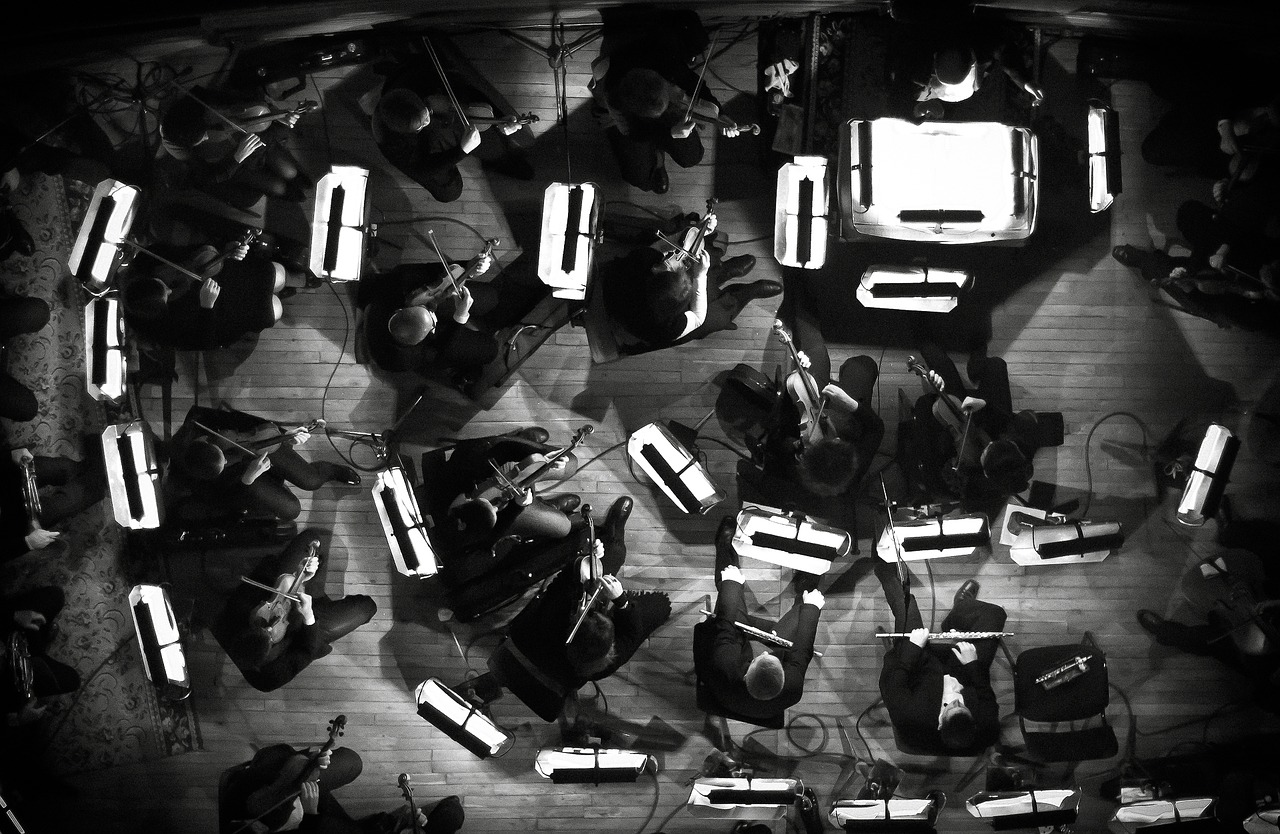
I am a classically trained trombone player, and even though I haven’t been to university is a while… a long while… I never wore skirts when sitting in the back row. It’s way to hard to get that slide to seventh position and worry about your skirt riding up or getting caught in your spit valve. In the professional orchestra world, it’s a different story. There are many revered traditions in symphonies but some of those traditions are not be helping their challenges to access new audiences.
An article posted recently posted on the New York Times states – a bit tongue in cheek – that the New York Philharmonic is possibly considering allowing women who play in the orchestra to wear pants. After 176 years, they are thinking of modernizing their dress code.
I can’t help but see the irony of this move. Just last year, the League of American Orchestras published an article “#Hashtag Orchestra“, where they chronicle some of the ways that symphonies are struggling to attract millenial audiences. It states, “During the New York Philharmonic’s Off the Grid concert last April, Twitter-user Christina (@eLastVen) posted an enthusiastic accolade: “Cocktails? Check. Cool location? Check. World class musicians playing an awesome program? Check. Thank you #nyphil #nypoffthegrid.” The Off the Grid concert was geared towards millenials, where attendees were able to post photos and videos to social media, and “[t]he Philharmonic’s staff posted images and video links throughout the concert as well.”
According to an NEA study posted a decade ago, the percentage of the U.S. population that attends classical music events has been declining over 25 years, with the steepest drop between 2002 and 2008. Overall classical music participation rates declined by 29% between 1982 and 2008, and by 20% between 2002 and 2008. Even before Facebook, Twitter, and Instagram, classical music was having its challenges.
Developing an internal culture and a product that resonates with your target audience is key to increased participation, especially with data that demonstrates decreasing orchestra audiences across all North American cities. Millennials, the target that every arts organization seems to be thirsty to attract, move quickly, are not brand loyal, want to be constantly connected and live what they think is an authentic, meaningful and impactful life. The Boston Globe states that “millenials prefer artist appreciation to art appreciation”, “are diverse”, and “prefer experiences not things”. And the bulk of them want to live their best lives wearing pants.

Good evening. Many thanks 🙂 Really enjoyed reading this page.